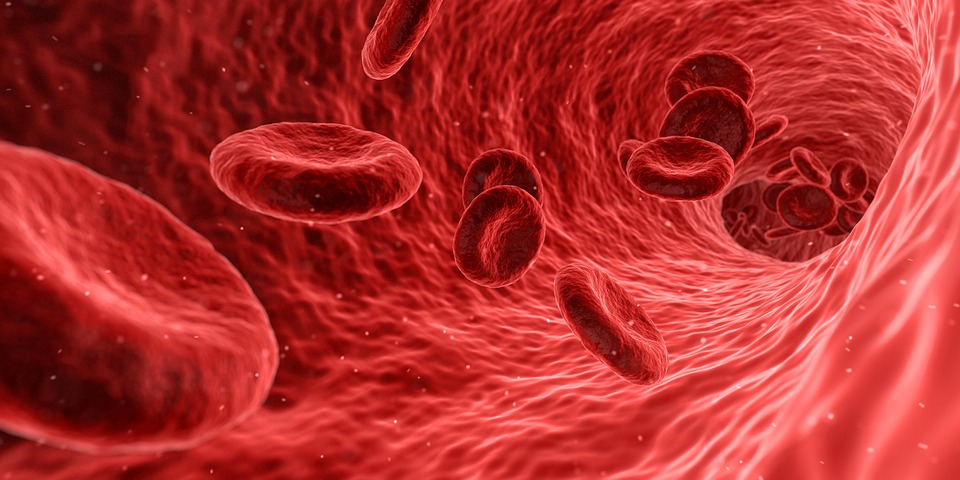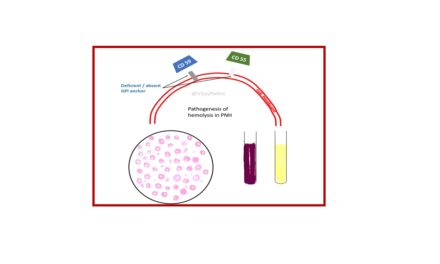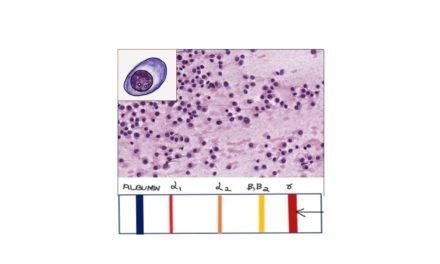ANTICOAGULANTS in Hematologic Investigations
1. What are anticoagulants
Anticoagulants are the chemical agents which prevent the coagulation of blood
2. Name the different anticoagulants used in hematology investigations
The various anticoagulants used in hematology investigations are
i. EDTA (Ethylene Di-Amine Tetra Acetic Acid)
ii. Double oxalate
iii. Sodium citrate
iv. Heparin
v. Sodium fluoride
EDTA (Ethylene Di-Amine Tetra Acetic Acid)
3. What is EDTA and what are its different forms and what is its mechanism of action
EDTA is Ethylene Di-Amine Tetra Acetic Acid.
There are three different forms which are
i. Tripotassium EDTA
ii. Disodium EDTA
iii. Di Lithium EDTA
Tripotassium EDTA is more soluble and it is more preferred than the other forms.
Mechanism of action: EDTA acts by Chelation of calcium ions/ removing the free calcium ions. We know that calcium is very much needed for clotting of blood. Hence, when the calcium ions are removed, the blood does not clot.
4. What is the physical form of EDTA
EDTA can occur as crystalline or in liquid forms.
5. What are the advantages and disadvantages of EDTA as anticoagulant in Hematology
The advantages are
i. The morphology of the blood cells are well preserved up to 4 hours and hence it is the anticoagulant of choice to peripheral smear preparations and cell counts
Disadvantages
i. If there is excess EDTA/ the volume of blood filled is less so that the relative volume of EDTA is excess, then it results in shrinkage of RBC’s. This shrinkage can result in erroneously high MCHC and reduced hematocrit with decrease in MCV
ii. Platelets can also disintegrate and can result in erroneously high values.
iii. EDTA is not suitable for coagulation studies
6. What is EDTA induced pseudothrombocytopenia
This is an artefactual decrease in platelet count ( pseudothrombocytopenia) as a result of platelet clumping which results due to EDTA dependent agglutinins. These are IgG, IgA and IgM subtypes. As a result of clumping, the platelet clump is read as single giant platelet or even a small lymphocyte by the automated analyzers and give the reading of falsely low platelet counts.
Hence in the laboratory it is important to study the peripheral smears for platelet clumps, if the clinical features are not correlating with thrombocytopenia.
Double oxalate
7. What is wintrobe’s salt
This is basically a double oxalate. It is a combination of ammonium and potassium oxalate in the ratio of 3:2 ( 1.2mg and 0.8 mg respectively in 100 ml of distilled water). 0.5 ml of this solution is sufficient for anticoagulating 5 ml of blood.
8. What is the mechanism of action of double oxalate
The oxalates combine with calcium in the blood to form insoluble precipitate of calcium oxalate. Thus there is depletion of calcium which is necessary for coagulation of blood.
9. What are the advantages of double oxalate combination
Ammonium oxalate causes swelling of the cells, whereas potassium oxalate results in shrinking. So, the combined effect is that the cells retain their original shape and size.
10. What are the uses of Double oxalate
This anticoagulant is used in estimation of ESR by Wintrobes’s method and PCV.
Sodium citrate
11. What is the mechanism of action of sodium citrate
The sodium citrate binds with the free calcium resulting in sodium citrate complex. Thus depleting calcium and preventing coagulation.
12. What are the uses of Sodium citrate
i. Used for estimation of ESR by Westergren’s method. The ratio of citrate and blood has to be maintained at 1:4
ii. Used in coagulation studies. The ratio of citrate and blood has to be maintained at 1:9
iii. As a component of Acid Citrate Dextrose solution in blood banking
Heparin
13. What is the mechanism of action of heparin
Heparin an acid mucopolysaccharide, has an affinity for blood proteins and act as antithrombin and antithromboplastin. It prevents conversion of prothrombin to thrombin, thus resulting in anticoagulation
14. What are the uses of heparin as anticoagulant in hematology
Heparin is used as anticoagulant in the following hematology investigations
i. Osmotic fragility test
ii. For L E Cell preparation
iii. In Microhematocrit capillary tubes.
15. What are the disadvantages of Heparin as anticoagulant in hematology investigations
The disadvantages include
i. The blood smear examination is difficult as heparin results in staining artifact. The background looks pink.
ii. It cannot be used as anticoagulant for cell counts as heparin causes clumping of cells resulting in erroneous counts.








